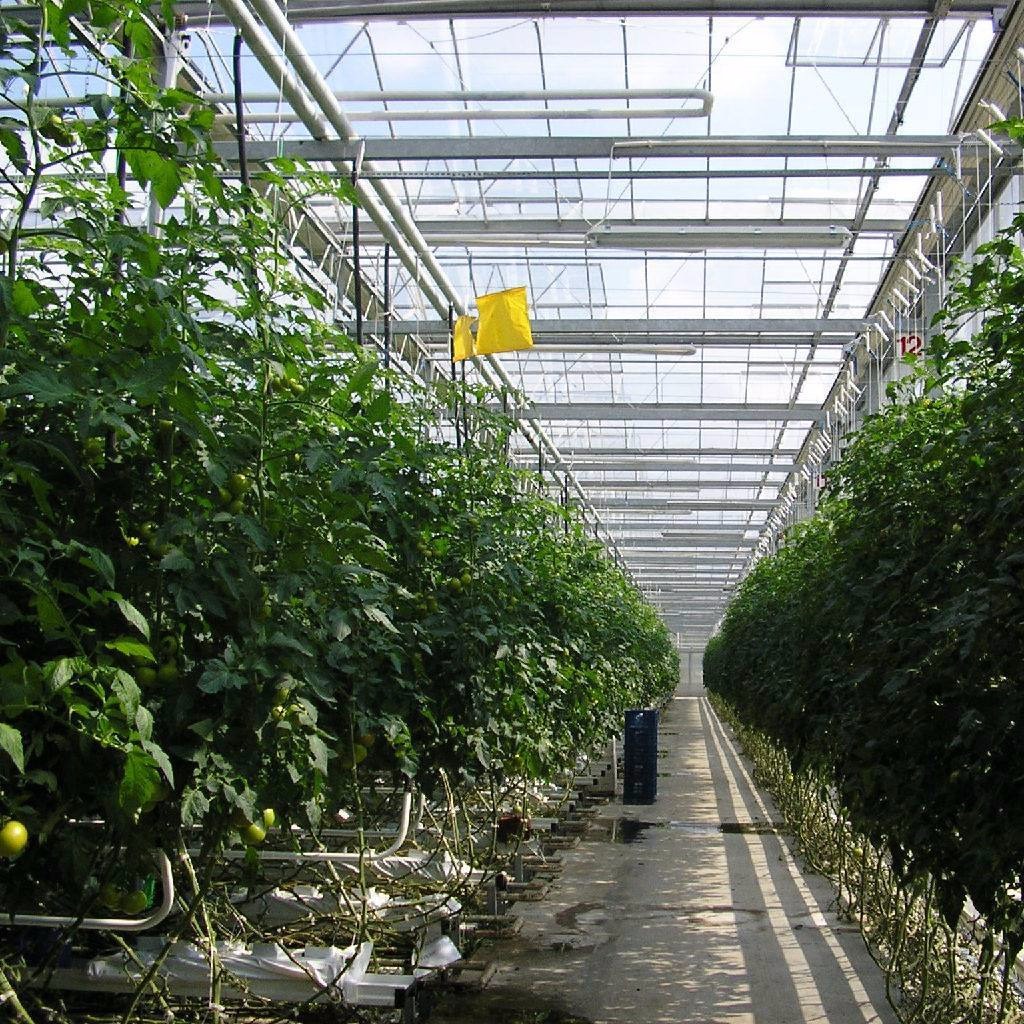
Fiber Reinforced Plastic (FRP) materials have become increasingly popular in modern agriculture greenhouses due to their versatility, durability, and numerous benefits for crop cultivation. From structural components to cladding and irrigation systems, FRP materials offer unique advantages that contribute to the efficiency, sustainability, and productivity of agricultural operations.
Here are some key applications of FRP materials in modern agriculture greenhouses:
Structural Components: FRP materials are commonly used for structural components such as beams, columns, and supports in greenhouse construction. FRP's high strength-to-weight ratio makes it an ideal choice for supporting greenhouse structures, providing exceptional durability and stability while minimizing material and labor costs.
Cladding Panels: FRP cladding panels are widely used for covering greenhouse walls and roofs. These panels offer excellent light transmission, allowing optimal penetration of sunlight while providing protection against UV radiation and harsh weather conditions. FRP cladding panels are lightweight, easy to install, and highly resistant to corrosion, ensuring long-term performance and structural integrity.
Gutter Systems: FRP gutter systems play a crucial role in managing water drainage and distribution within agricultural greenhouses. FRP gutters are corrosion-resistant, non-reactive to fertilizers and chemicals, and resistant to microbial growth, ensuring the purity and safety of irrigation water. Additionally, FRP gutters are lightweight, durable, and easy to maintain, making them an ideal choice for efficient water management in greenhouse environments.
Irrigation Pipes and Channels: FRP pipes and channels are commonly used for conveying water, nutrients, and fertilizers within agriculture greenhouses. FRP pipes offer superior corrosion resistance, smooth interior surfaces for efficient flow, and lightweight construction for ease of installation. FRP channels provide reliable distribution of water and nutrients to crops, ensuring optimal growth and yield.
Ventilation Systems: FRP materials are also utilized in greenhouse ventilation systems, including louvers, vents, and fan housings. FRP ventilation components offer excellent weather resistance, durability, and thermal insulation properties, ensuring efficient airflow regulation and temperature control within the greenhouse environment. Additionally, FRP ventilation systems require minimal maintenance and are resistant to corrosion, rust, and degradation.
Seedling Trays and Growing Containers: FRP seedling trays and growing containers are used for seed germination, propagation, and plant cultivation in agriculture greenhouses. FRP trays and containers are lightweight, durable, and resistant to moisture, chemicals, and microbial growth, providing an ideal environment for seedling development and crop production.
Overall, the application of FRP materials in modern agriculture greenhouses offers numerous benefits, including structural strength, durability, corrosion resistance, and versatility. By incorporating FRP materials into greenhouse construction, growers can enhance the efficiency, productivity, and sustainability of their agricultural operations while ensuring optimal conditions for crop growth and development.












